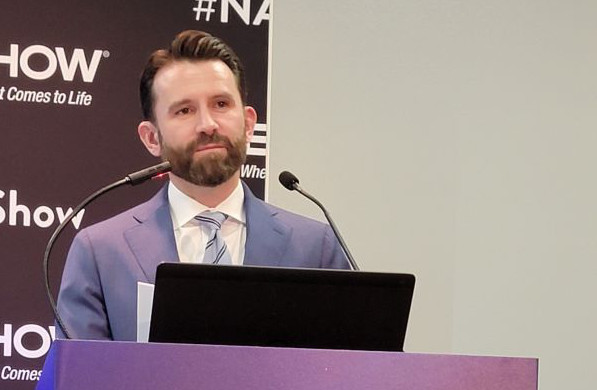ESA Netherlands Facility Testing Antennas for Satellites
Satellite operators are using ever more complicated antennas to provide spot beams and increase satellite capacity. Engineers need a way to test these antennas on the ground. The European Space Agency has constructed the Compact Payload Test Range in its ESTEC technical center in Noordwijk, the Netherlands to test satellite antennas.
The test range consists of a Faraday cage to block all external RF signals and anechoic foam cladding absorbs RF inside the test range. ESA recently installed a state-of-the-art Near Field Scanner at test range to measure electromagnetic fields close to a test antenna. Multiple near field measurements can be used to calculate the far field antenna pattern. This makes it possible to measure large antennas (up to 8m in diameter) over a frequency range of 400 MHz to 50 GHz.
A picture of the facility is available in the ESA release Zone of silence: Testing satellite antennas. The first assignment for the new equipment will be to characterize the radiated performance of the next Galileo satellite prior to their launch later this year.
This near field technique sounds similar to the method used to verify broadcast antenna performance I wrote about many years ago; see my January 1996 RF Technology Column showing a near field probe being used to measure an Andrew slot antenna.
Get the TV Tech Newsletter
The professional video industry's #1 source for news, trends and product and tech information. Sign up below.

Doug Lung is one of America's foremost authorities on broadcast RF technology. As vice president of Broadcast Technology for NBCUniversal Local, H. Douglas Lung leads NBC and Telemundo-owned stations’ RF and transmission affairs, including microwave, radars, satellite uplinks, and FCC technical filings. Beginning his career in 1976 at KSCI in Los Angeles, Lung has nearly 50 years of experience in broadcast television engineering. Beginning in 1985, he led the engineering department for what was to become the Telemundo network and station group, assisting in the design, construction and installation of the company’s broadcast and cable facilities. Other projects include work on the launch of Hawaii’s first UHF TV station, the rollout and testing of the ATSC mobile-handheld standard, and software development related to the incentive auction TV spectrum repack. A longtime columnist for TV Technology, Doug is also a regular contributor to IEEE Broadcast Technology. He is the recipient of the 2023 NAB Television Engineering Award. He also received a Tech Leadership Award from TV Tech publisher Future plc in 2021 and is a member of the IEEE Broadcast Technology Society and the Society of Broadcast Engineers.
